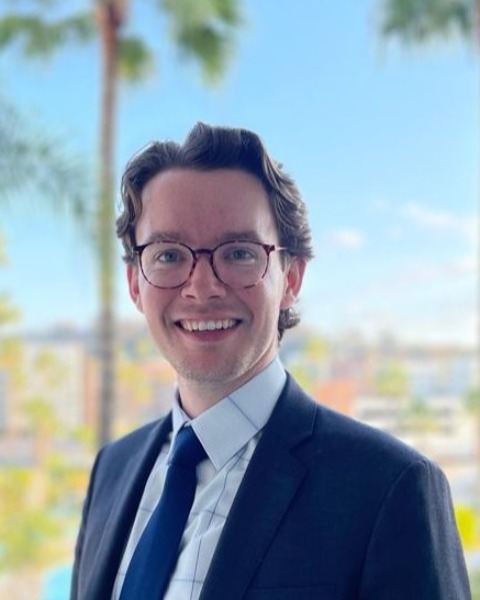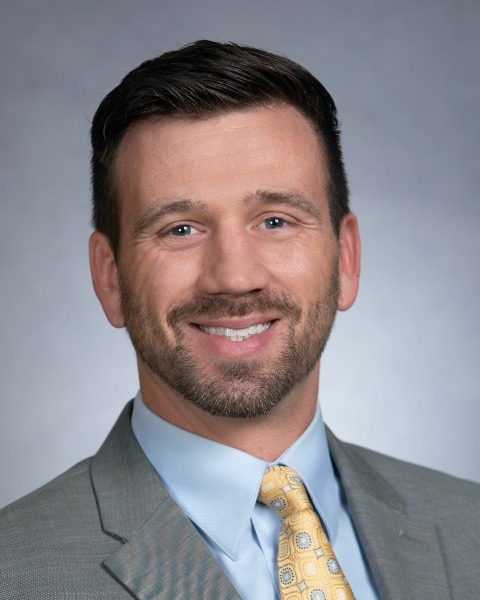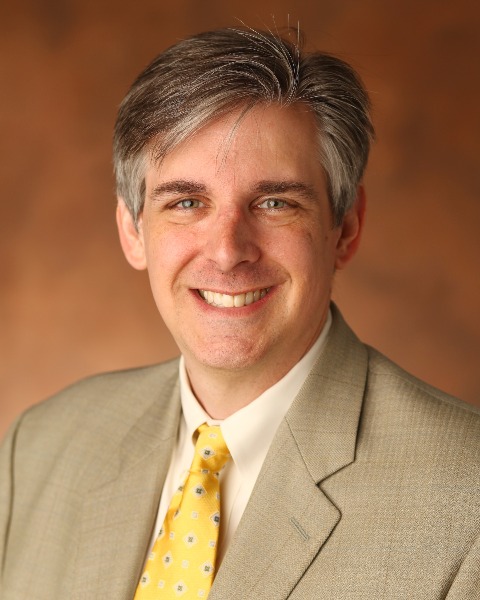Interventional Oncology
Predictive Dosimetry and Outcomes of Hepatocellular Carcinoma Following Liver Resin Microsphere Radioembolization

Patrick W. Doyle, BS (he/him/his)
Medical Student
Vanderbilt School of MedicineDisclosure(s): Sirtex Medical: Research Grant Recipient (Ongoing)
- CW
Cayce S. Workman, MD
Resident Physician
Vanderbilt University Medical Center - JG
Jared V. Grice, D.M.P.
Medical Physicist
Vanderbilt University Medical Center - LD
Liping Du, Ph.D.
Biostatistician
Biostatistics, Vanderbilt University Medical Center - AB
Anthony J. Borgmann, M.D.
Attending Physician
Vanderbilt University Medical Center - JB
Jennifer C. Baker, MSN, APRN-BC
Nurse Practitioner
Vanderbilt University Medical Center 
David Duncan, MD (he/him/his)
Attending Physician
Professional Radiology, Inc- JT
Jason E. Taylor, CNMT
Nuclear Medicine Technologist
Vanderbilt University Medical Center 
Daniel B. Brown, M.D.
Attending Physician
Vanderbilt University Medical Center
Presenting Author(s)
Author/Co-author(s)
To characterize estimated tumor absorbed dose, objective response (OR) rate, and estimated target dose of hepatocellular carcinoma (HCC) following resin microsphere Yttrium-90 (Y90) radioembolization.
Materials and Methods:
We retrospectively evaluated 102 HCC patients with one or two index tumors who received resin Y90 radioembolization at our institution from 2014 – 2022. Using MIM SurePlan (MIM Software Inc., Cleveland, OH) and pretreatment 99mTc-MAA SPECT/CT, we assessed tumor-to-normal liver uptake ratio (TNR). The TNR and delivered activity were then applied in a 3-compartment model to estimate tumor dose. Patients were imaged every 2 to 3 months post-treatment to determine depth of response per mRECIST criteria. Following treatment, patients were divided into 2 groups: responders had OR defined as either a complete or partial deepest response. Non-responders (NR) had stable or progressive disease. Wilcoxon rank-sum test and Pearson’s Chi Squared test evaluated for difference in delivered activity, TNR, tumor dose and volume, treatment level (segmental or lobar), and BCLC stage between OR and NR. With these same parameters, logistic regression (LR) analysis was performed to determine impact on OR.
Results:
Median age was 67 (IQR 63-82) years, 80 (78%) were male and 22 (22%) female, 77 (76%) and 25 (24%) had 1 vs 2 index tumors, 57 (56%) and 45 (44%) of treatments were segmental vs lobar. BCLC stages were 0 (n=3, 3%), A (n=27, 26%), B (n=45, 44%), and C (n=27, 26%). Seventy-two (71%) patients had OR with deepest response at a median of 64 (IQR 62-122) days with a median follow-up time of 185 (IQR 115-337) days. In the NR group, 24 (24%) patients had stable and 6 (5%) had progressive disease. Differences between OR and NR groups are in Table 1. The OR group had higher TNR (p=0.02) and estimated tumor dose (p< 0.001). The OR group had smaller tumor volume (p=0.002) although BCLC Class distribution was similar to the NR group (p=0.4). Delivered activity and level of selection (segmental vs lobar) were similar between groups (p=0.7 and p=0.3, respectively). LR analysis showed tumor absorbed dose was the sole significant predictor of OR (p=0.05).
Conclusion:
Administration of an estimated 140 Gy to HCC predicted objective response with Y90 resin microspheres, which was durable through 6 months of follow-up.

.png)
.png)
.jpg)
.png)
.jpg)
.jpg)
.png)
.png)
.png)